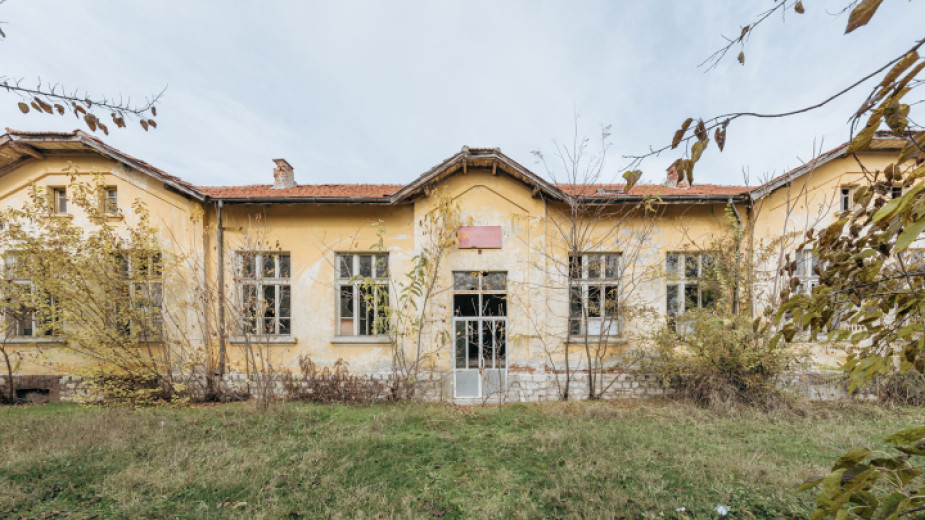 6
6
Currently, the project database contains 1,100-1,200 school buildings in Bulgaria, architect Boris Tikvarski - author and head of the project - explained in an interview for BNR's Horizon channel. Member of the team is also the Belgian photographer Alexander Dumarey who was impressed by this very topic when he first came to Bulgaria.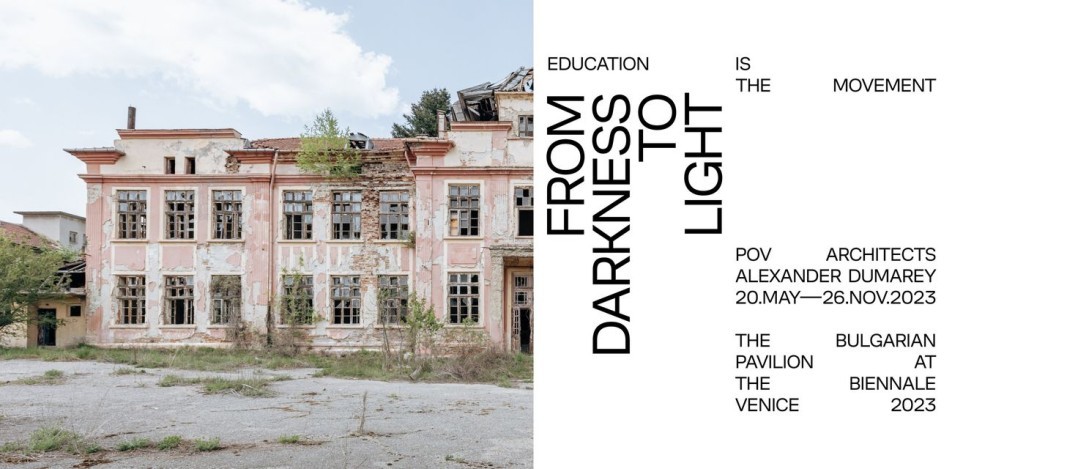
"Our focus was on a not so colorful topic - the depopulation of Bulgaria. We thought that this topic was interesting because in the period in which Bulgaria did not appear at the Venice Architecture Biennale, there were two population censuses and the population decreased by about 10%, or about 800,000 people. We felt that the photographer's work best represented these statistics," commented architect Boris Tikvarski.
The team decided to further develop the topic after the opening of the Bulgarian pavilion at the biennale at the end of May. It is very difficult to arrive at the exact number of abandoned schools, Boris Tikvarski pointed out.
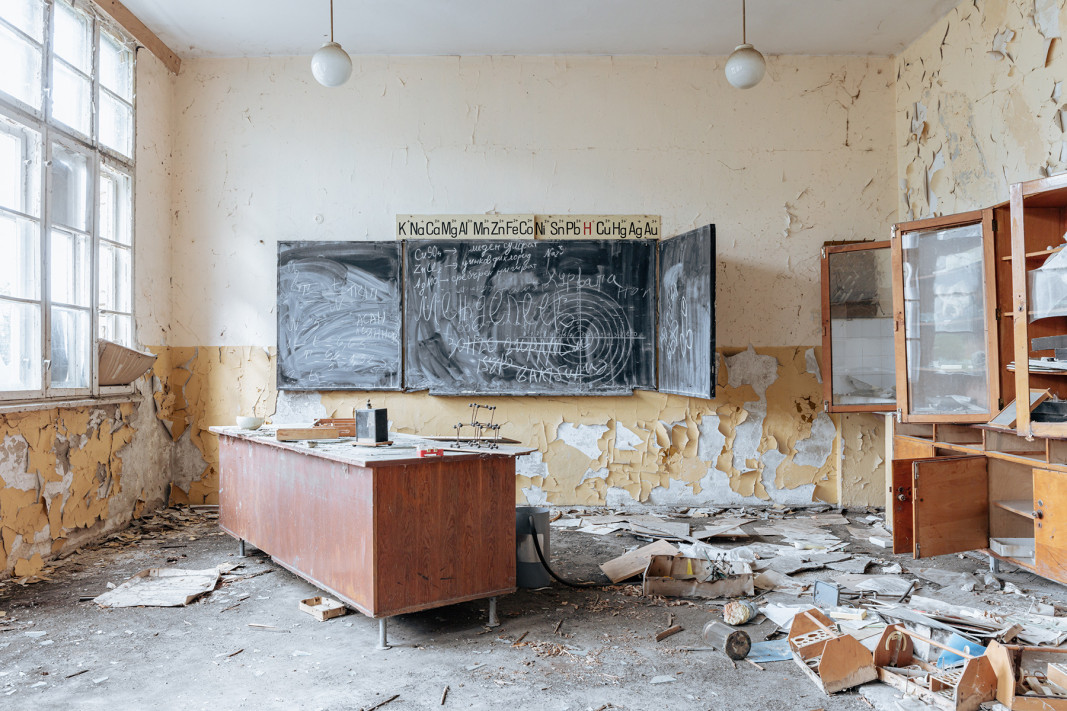
"We're not exactly interested in the total number, so much as in supplementing the information beyond the number. We're trying to find clear dates - when the school opened, when it opened, where it is located, what population still lives in the respective village or town, what is the condition of the infrastructure that leads to this school, has its building been converted into something different."
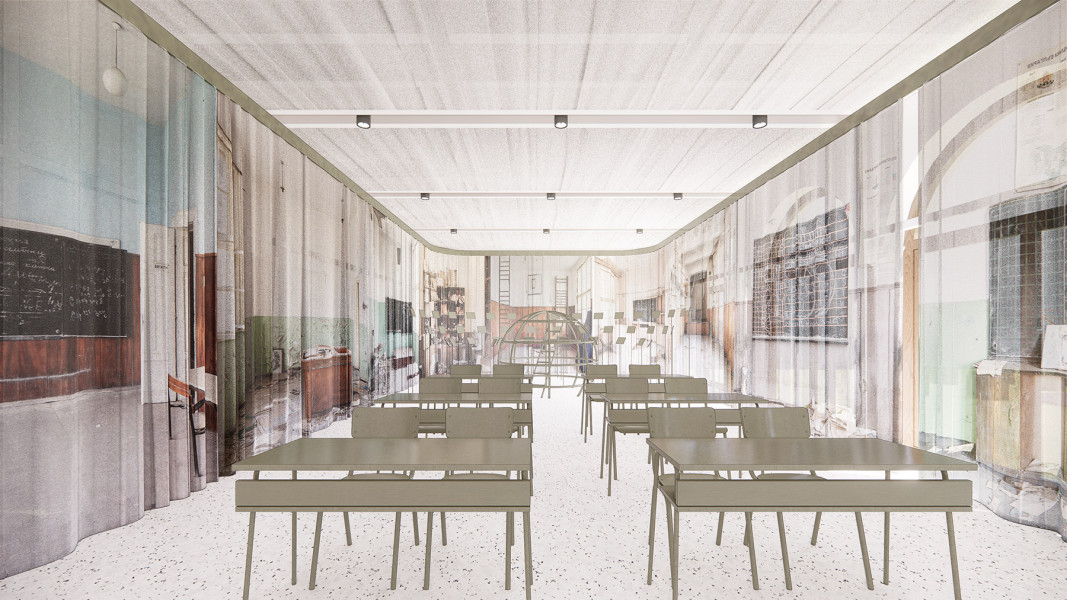 The ambition is to prepare an interactive map on which this information is present, to make it clear which of the school buildings have the potential for a new life. According to arch. Literally, these public buildings are a valuable resource.
The ambition is to prepare an interactive map on which this information is present, to make it clear which of the school buildings have the potential for a new life. According to arch. Literally, these public buildings are a valuable resource.
The project aims to show the scale of the problem, he specified.
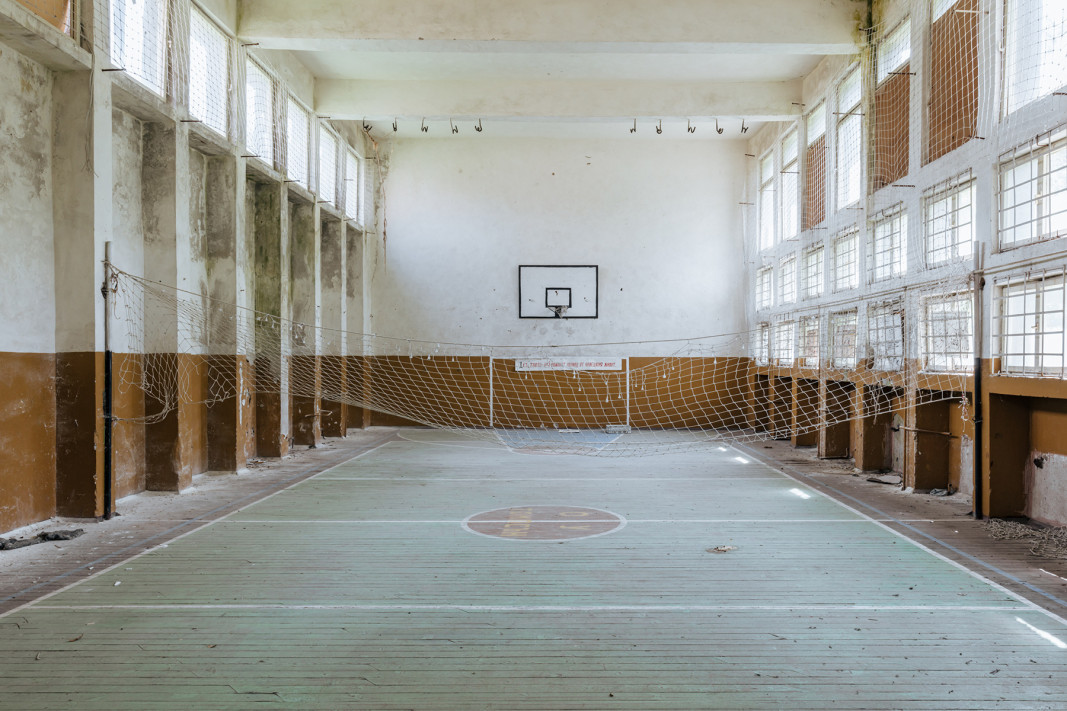
The Bulgarian pavilion at the Venice Biennale can be seen until November 26 when the forum will be officially closed.
Read also:
An interview of Vesselina Milanova from BNR's Horizon channel
Photos: https://biennale2023.kab.bg/entries/proekt27
Translated and published by Rossitsa Petkova
Minutes before the second and final reading, at the parliamentary budget and finance committee, of the state budget for 2026, the leader of the biggest party represented in parliament GERB Boyko Borissov halted the procedure and sent the draft bill..
Despite being in Bulgaria’s poorest region, the North-West, Vratsa Province ranks among the top three in the country for economic development. According to 2023 data from the National Statistical Institute (NSI), it shares third place with Varna on the..
Bulgarian artists will take part in the festive Christmas concert in Stockholm , organised with the European Commission's representation and embassies , the Bulgarian embassy in the Swedish capital announced on Facebook. The event is scheduled for 8..
Despite being in Bulgaria’s poorest region, the North-West, Vratsa Province ranks among the top three in the country for economic development. According..
Bulgarian artists will take part in the festive Christmas concert in Stockholm , organised with the European Commission's representation and embassies ,..
Minutes before the second and final reading, at the parliamentary budget and finance committee, of the state budget for 2026, the leader of the biggest..

+359 2 9336 661
